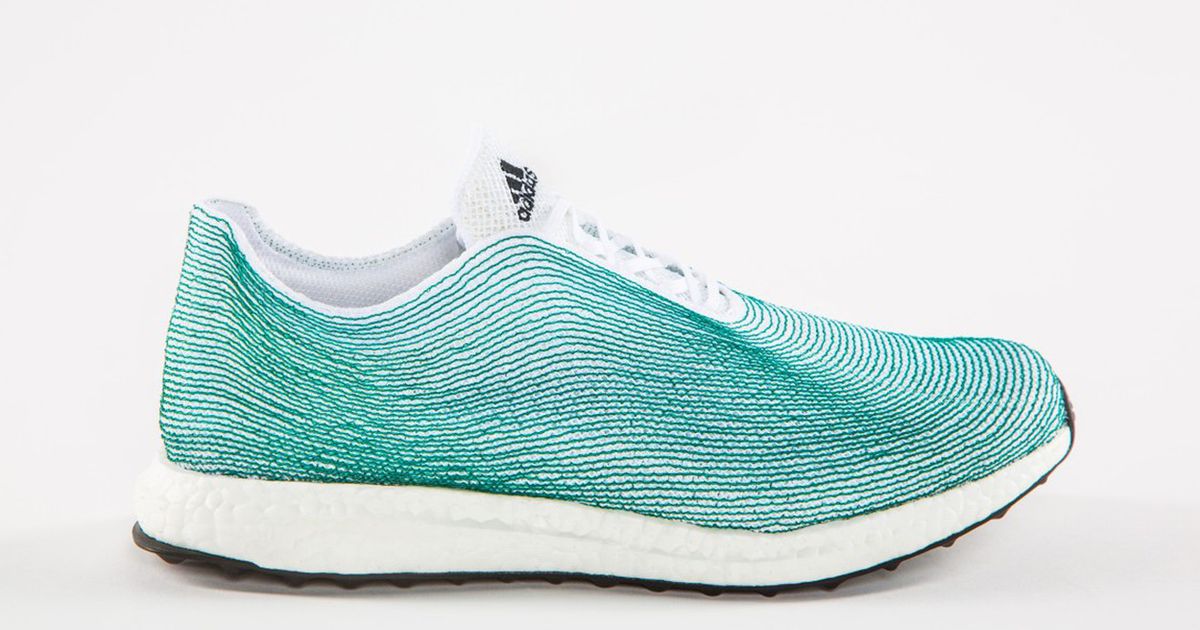https://harvardlawreview.org/wp-content/uploads/pdfs/ebay_v_mercexchange.pdf
This is a nice article detailing the decision in Ebay Inc. v. MercExchage. The conclusion drawn from the author is that the impact of the decision does not leave a clear road for those seeking patent protection by way of an injunction. The Supreme Court rejected a rule that allowed for a presumption of warranting an injunction (that was basically the holding of the district court). However, the opinions (of which there were many concurring), do not necessarily provide a much higher barrier for receiving an injunction. The Court embraced a four-factor test for determining an injunction’s availability: including factors of irreparable harm likely-hood and what is in the best interest of the public. The Court also relied heavily on the past practices of leaning toward injunctions in the patent-infringement area. However, as the author notes (and as I think Justice Kennedy’s opinion explores nicely), the ease with which injunctions may be granted may not be as high as it has been in the past. In exploring the third prong of the four-factor test (interest of public), Kennedy notes that in today’s world, there is strategic accumulation of valuable IP for purposes of negotiation. He also notes that “business patents” are highly suspect. Implicitly, protecting IP in these situations produces a different societal impact. These factors also affect the harm associated to the parties trying to protect their property.
The authors conclude by saying that the predictive value of getting an injunction in this area is unclear. However, they nicely lay out the factors a court might, or should, consider.
As time continues, I wonder what direction the protection of IP will take. Although the Court embraced a less-protective rule on it’s a face, it also focused heavily on the protection executed in the past. Will Kennedy’s suggestion of looking at the circumstances of today against those of the past continue to play out in the future? And if so, will they do so in a different degree or manner?
